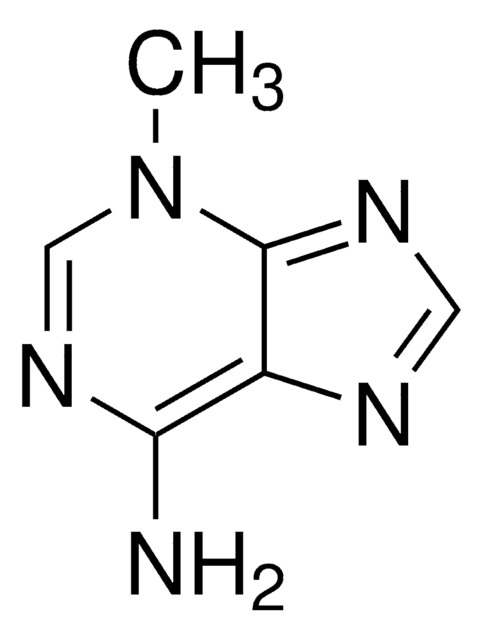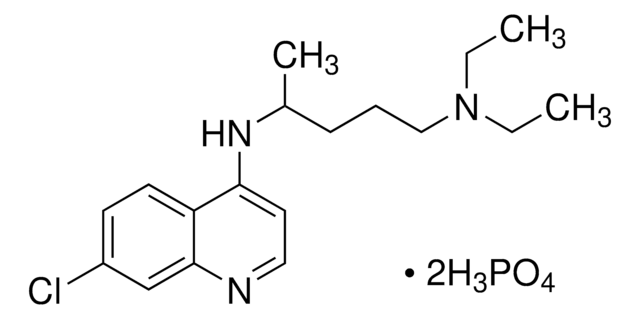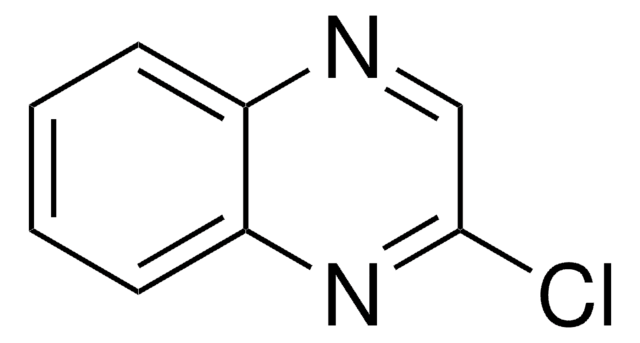C6628
Chloroquine diphosphate salt
98.5-101.0% (EP), powder or crystals, anti-malarial drug
Sinónimos:
N4-(7-chloroquinolin-4-yl)-N1,N1-diethylpentane-1,4-diamine diphosphate, N4-(7-Chloro-4-quinolinyl)-N1,N1-dimethyl-1,4-pentanediamine diphosphate salt
About This Item
Productos recomendados
product name
Chloroquine diphosphate salt, powder or crystals, 98.5-101.0% (EP)
Nivel de calidad
Análisis
98.5-101.0% (EP)
formulario
powder or crystals
mp
192-198 °C
espectro de actividad antibiótica
parasites
Modo de acción
enzyme | inhibits
cadena SMILES
OP(O)(O)=O.OP(O)(O)=O.CCN(CC)CCCC(C)Nc1ccnc2cc(Cl)ccc12
InChI
1S/C18H26ClN3.2H3O4P/c1-4-22(5-2)12-6-7-14(3)21-17-10-11-20-18-13-15(19)8-9-16(17)18;2*1-5(2,3)4/h8-11,13-14H,4-7,12H2,1-3H3,(H,20,21);2*(H3,1,2,3,4)
Clave InChI
QKICWELGRMTQCR-UHFFFAOYSA-N
Información sobre el gen
human ... ABCC1(4363)
¿Está buscando productos similares? Visita Guía de comparación de productos
Categorías relacionadas
Descripción general
Aplicación
Chloroquine diphosphate salt has been used :
- in in vitro antiplasmodial assays
- in transfection and infection assays
- in autophagy inhibition
- in differentiation of induced pluripotent stem (iPS) cells into cardiomyocytes
- in flow treatment of infected blood
Acciones bioquímicas o fisiológicas
Características y beneficios
Aplicación
Palabra de señalización
Warning
Frases de peligro
Consejos de prudencia
Clasificaciones de peligro
Acute Tox. 4 Oral
Código de clase de almacenamiento
11 - Combustible Solids
Clase de riesgo para el agua (WGK)
WGK 3
Punto de inflamabilidad (°F)
Not applicable
Punto de inflamabilidad (°C)
Not applicable
Equipo de protección personal
dust mask type N95 (US), Eyeshields, Gloves
Certificados de análisis (COA)
Busque Certificados de análisis (COA) introduciendo el número de lote del producto. Los números de lote se encuentran en la etiqueta del producto después de las palabras «Lot» o «Batch»
¿Ya tiene este producto?
Encuentre la documentación para los productos que ha comprado recientemente en la Biblioteca de documentos.
Los clientes también vieron
Artículos
We presents an article on Autophagy in Cancer Promotes Therapeutic Resistance
Drug Transport
Chromatograms
application for HPLCNuestro equipo de científicos tiene experiencia en todas las áreas de investigación: Ciencias de la vida, Ciencia de los materiales, Síntesis química, Cromatografía, Analítica y muchas otras.
Póngase en contacto con el Servicio técnico











